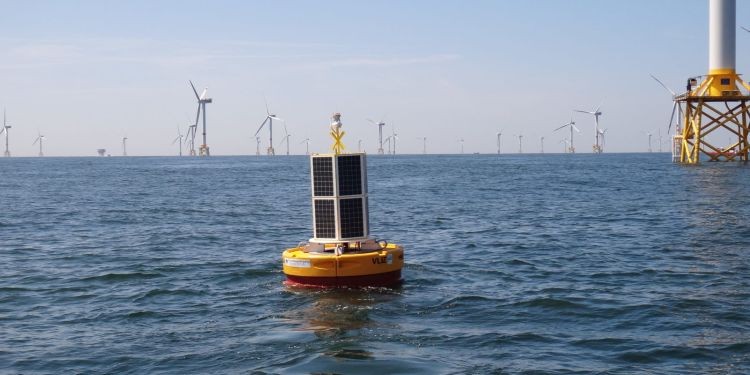In the offshore wind sector, adverse weather is more than just an inconvenience, it is a critical operational risk, say Tom Hutchison and Tamara Zakharia from the global law firm HFW.
While all construction projects can be affected by adverse weather, offshore wind farms are particularly vulnerable due to harsh environments, remote locations and reliance on specialised vessels. Given the high daily costs of these vessels and crews, delays caused by weather can quickly escalate into significant claims.
Global weather patterns are becoming increasingly unpredictable, making historic data less reliable and narrowing weather windows. With extreme events on the rise, contractual clarity is essential to successful delivery, particularly in the areas of clear weather parameters, robust monitoring and fair risk allocation.
Setting standards
Avoiding disputes starts with transparent risk allocation. However, defining adverse weather is challenging because conditions vary and depend on vessel and equipment capabilities.
The FIDIC 1999 Yellow Book contract, commonly used in offshore wind projects, allows contractors to claim an extension of time for “exceptionally adverse climatic conditions” under Sub-Clause 8.4(d), but it does not define “exceptionally adverse”. The 2017 FIDIC version refines this and Sub-Clause 8.5(c) now defines the conditions as those that are both adverse and unforeseeable, assessed by reference to the climatic data provided by the employer or official published data for the site.
However, these terms require a subjective (and retrospective) assessment when weather conditions have caused delay in practice. Dependence on these assessments can lead to uncertainty and disputes particularly where the allocation of risk is different from that the parties thought they had signed up for.
Contracts should instead define ‘adverse weather’ objectively by reference to defined criteria – which will need to be detailed and developed – and specific to the particular vessels involved. For instance, common parameters should include: (i) wave height and direction, (ii) wind speed at deck level and turbine height, (iii) visibility thresholds (e.g. fog limits), (iv) current velocity and direction, (v) sea state and swell period and (vi) tidal conditions and water depth.
Ideally, these criteria align with those used by vessel captains or site supervisors when deciding if work can proceed safely. Even if vessel details are unknown at the outset, clear criteria would reduce disputes over entitlement when work stops.
Monitoring

Of course, agreeing objective criteria is only useful if the relevant criteria are then monitored and recorded.
Monitoring should be continuous and based on reliable sources such as onboard sensors, third-party weather services and metocean buoys. Data should be logged and time-stamped to support claims and facilitate retrospective analysis. Whenever a vessel captain or site supervisor decides to stop work, they should confirm the reasons in writing and this can be used to verify against the agreed thresholds.
Allocating the risks
Risk allocation for adverse weather is a major negotiation point and can significantly affect price. Contractors will often accept the risk of a certain number of weather days, or build contingency into the project schedule, and price accordingly. For owners, there is always a balance to be struck between the cost of transferring weather risk and the likelihood of it occurring.
Even where the risk allocation is clear, the contractor will need to claim relief for weather downtime by giving timely notices together with details of the consequences, which can be challenging as the overall impact of the event would be unknown. It is for that reason that mechanisms which seek to address and allocate the impact of adverse weather as it occurs, intended to minimise disputes, can be impossible to implement in practice.
Assessing the consequences of adverse weather
Assessment of adverse weather can have cascading effects on project timelines, resource and vessel availability and cost, especially where the works slip into less favourable seasons. Another difficult point is how to deal with ‘concurrency’ – i.e. where there are two or more issues causing delay at the same time.
A satisfactory outcome will be easier to achieve if the contract clearly defines how to assess concurrency and how to apportion entitlement when it occurs. Conversely, where the contract is silent, there is greater scope for an owner to dispute the contractor’s entitlement.
Conclusion
Adverse weather is an unavoidable reality in offshore wind projects, but with clear definitions, fair risk allocation and objective decision-making, claims for weather downtime should not be.
Tom Hutchison is a partner and Tamara Zakharia is an associate, at the global law firm HFW.


















